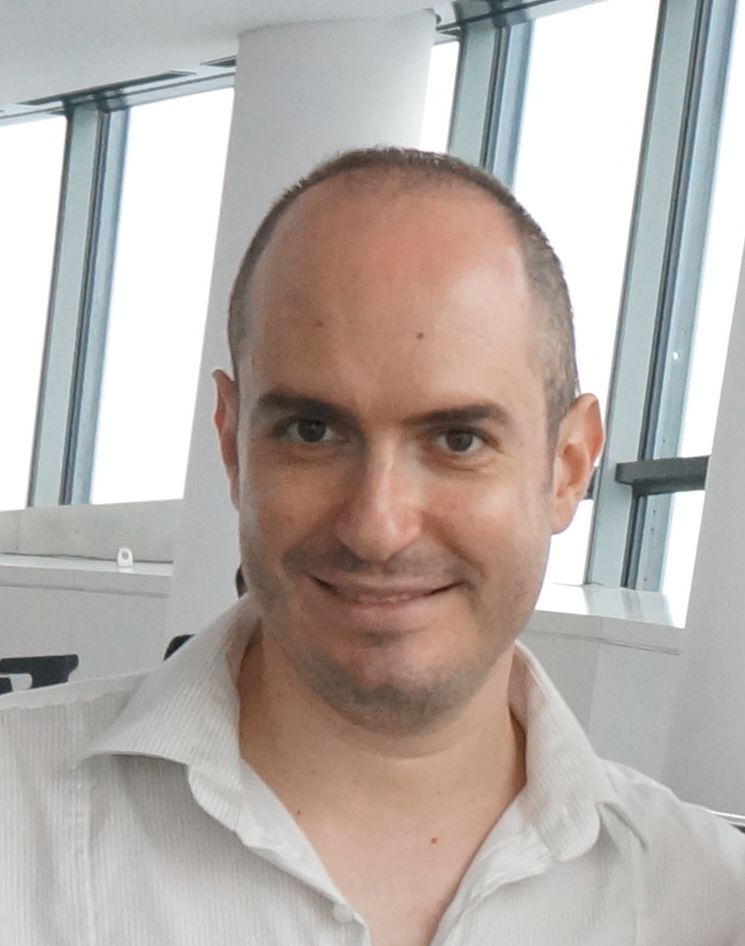| Biography | |
|---|---|
 Prof. Marko Vilotic University of Novi Sad (Serbia), Serbia |
|
| Title: Topic title: Severe plastic deformation – key features, methods and application | |
| Abstract: Growing global competition and regulations in environmental protection result in products being made of various materials. These products should match certain functionality, price, and requirements for environmental protection. Novel material processing technologies open a possibility for products with improved functionality, reasonable price and minimal environmental influence. Materials with ultra-fine grain (UFG) size draw attention as promising materials that would meet or even exceed current market requirements. Properties of UFG materials are often superior compared to conventional materials with conventional microstructure. Such materials exhibit improved strength, hardness, and ductility and can be used for superplastic forming. There are several methods that can produce material with ultra-fine grain size: vapor deposition methods, high energy ball milling, rapid solidification of molten metal, severe plastic deformation and others. Each method has limitations such as cost, impurities, and creation of fine-grained material only in thin layers. On the other hand, severe plastic deformation (SPD) successfully overcomes those limitations. SPD is metal forming method that helps the creation of ultra-fine grains (UFG) in bulk material without significant sample shape change and material failure. In order to achieve the effect of SPD, it is necessary to provide severe shearing in metal forming processing. The processing should be performed at room temperature in high hydrostatic pressure conditions and created microstructure should have high-angle boundaries. Conventional metal forming methods create some changes in polycrystal microstructure, which is manifested as material strengthening and improvement of mechanical properties with formability deterioration. With most metal forming methods, such as cold extrusion, drawing, bending and other, material forming is followed by minor grain size change compared to initial state. However, some of the methods (rolling and drawing for example) shape the workpiece with average grain size reaching below micron in localized zones. The drawback is that these zones occupy small part of the bulk and it is not possible to control grain refinement. Furthermore, the microstructure consists of low-angle boundaries and there is a limit to strain generated by dies because of die failure. Nowadays there are around fifty different SPD methods worldwide. The most renowned include High-pressure torsion (HPT), Equal channel angular pressing (ECAP), Repetitive corrugation and strengthening (RCS), Multidirectional forging (MDF), Caliber rolling (CAROL), Twist extrusion (TE) and others. SPD can be used for bulk and sheet metal processing. Unfortunately, most of the SPD methods are not used by the industry, but for research. Clearly, there are examples of SPD being used for parts, machines and special devices and for sports equipment and biomedical implants (dental and orthopedic) but the widespread use of SPD processing in production is still not happening. One of the reasons might be the complexity of the processing and lack of awareness about SPD. | |
| Biography: Marko Vilotic is assistant professor at Faculty of Technical Sciences, University of Novi Sad (Serbia). He obtained his Ph.D. in subject related to Severe plastic deformation in 2015. Over the past six years he conducted research stays to National Chung Cheng University (Taiwan), The University of Tokyo and Tokyo Metropolitan University (Japan) and Beihang University (China). His research interests cover bulk severe plastic deformation, workability in severe plastic deformation, surface engineering of the metal forming dies, micro ultra deep drawing and surface roughening effect during forming. Besides mechanical engineering, he also did research on dental materials (surface roughness and morphology of dental nanocomposites). He served as a reviewer in a international journals related to metal forming. | |
